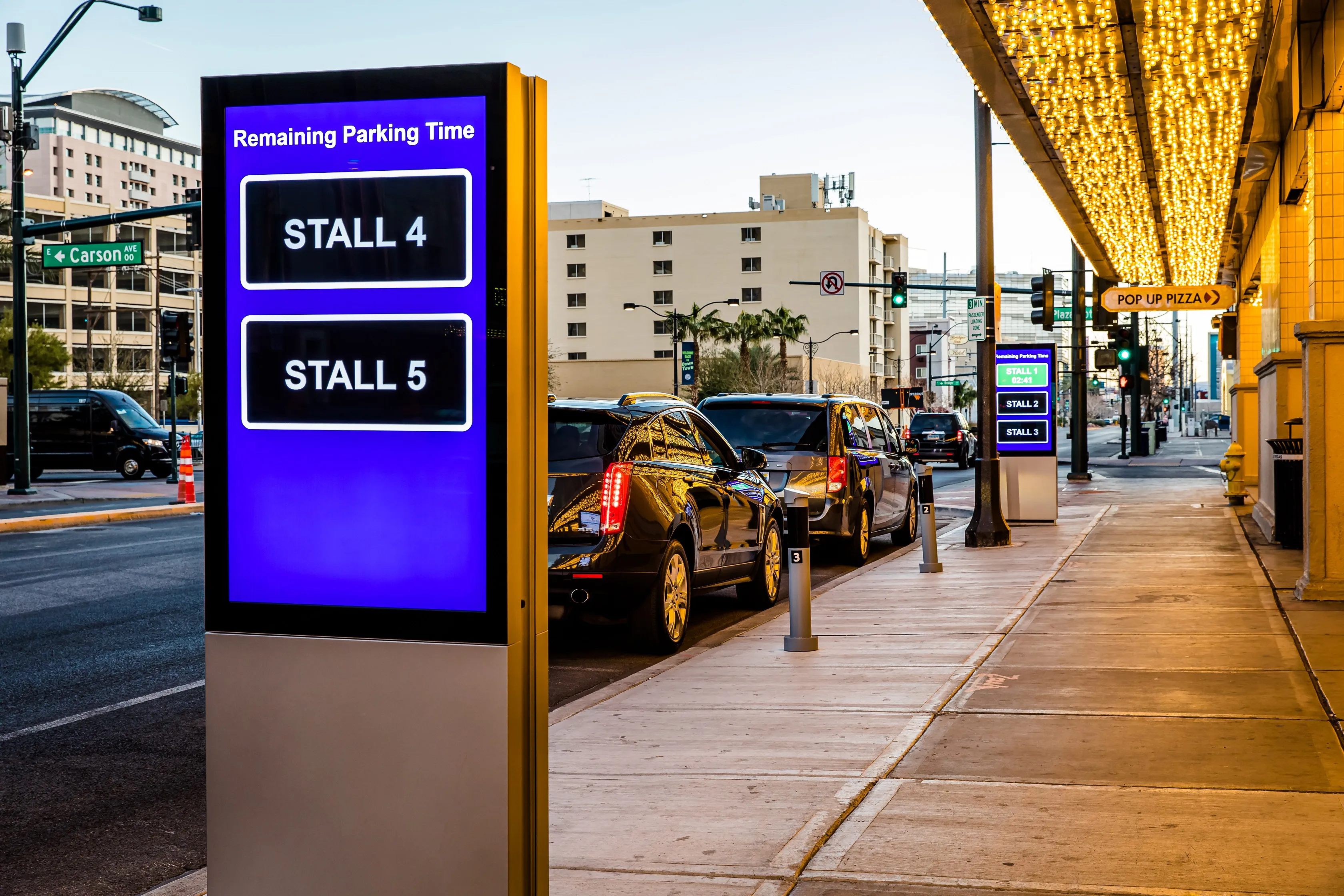Manufacturer of anti-ram vehicle barriers
Müller Construction installed the bollards in around a six-week time frame.
Jim Castello, president of Gibraltar Material Distribution, said: "Due to the recent events that we have seen with vehicles being used to attack crowds, more cities are becoming aware of the risks and threats involving vehicles being used as weapons or errant vehicles hitting pedestrians. We believe other cities will follow suit to protect pedestrians in these high foot traffic areas.”
Gibraltar provides anti-ram bollards for Las Vegas Boulevard
Manufacturer of anti-ram vehicle barriers Gibraltar has supplied over 800 bollards to the Las Vegas Boulevard to protect pedestrians from errant vehicles. The solution is said to be able to withstand a 15,000 lbs (7.5 tons) medium-duty vehicle travelling at 50mph and has also been created to meet ASTM F2656-07 M50 P1 requirements. Müller Construction installed the bollards in around a six-week time frame. Jim Castello, president of Gibraltar Material Distribution, said: "Due to the recent events that we
January 2, 2018
Read time: 1 min










